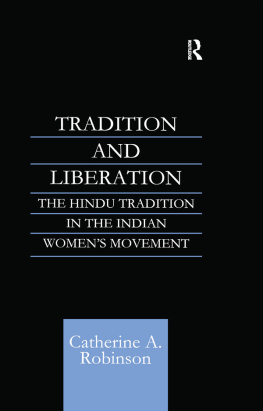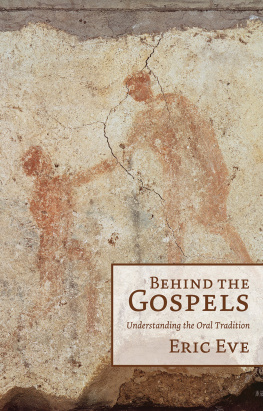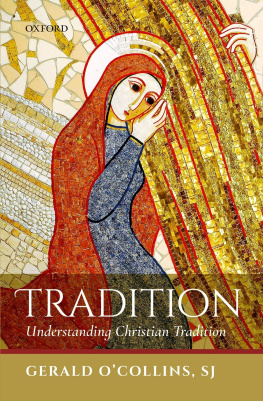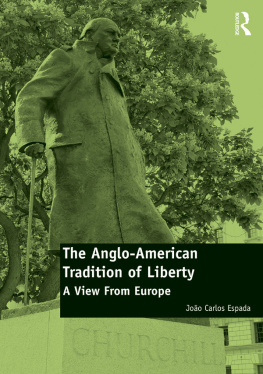Change and Tradition in Personal Life: A Case Study
The ideas in this book emerged from our own empirical research on contemporary personal life. Like many other researchers, we found a mismatch between what we actually found on the ground and the leading conceptualisation of what we should have found, as provided by individualisation theories. In these accounts, tradition and traditional bonds and beliefs become increasingly enfeebled and irrelevant in modern societies, causing structuring social forms to atrophy. Expectations and understandings of family are just one example, notoriously dismissed by Ulrich Beck and Elisabeth Beck-Gernsheim as a zombie categorystill existing in some debased form but really dead (: xii). This conclusion rests on implicit assumptions about agency: in late modern societies individual agents discursively and reflexively create their own biographies just as in historical societies, people acted habitually according to tradition.
There is a glaring problem with individualisation theories. As Carol Smart puts it, they are largely devoid of empirical support (). But, despite this empirical mismatch, individualisation theories remain dominant as a means of framing research on families and personal lives, partly for lack of an alternative. It is perhaps individualisation theories that have fallen under the zombie category.
In this book, we work towards an alternative framing which can provide a more helpful account of the ways in which people build their personal lives. In contrast to individualisation theories, we stress the mixing of tradition and modern. People use, adapt or even invent tradition as they improvise family practices in new or changing situations. This is a process of bricolage as people make do with what they have at hand (Duncan ). Similarly, we emphasise the mixing of the individual with the social. People make their decisions and choices in relation to others, sometimes as individuals, sometimes as collectives or institutions. Throughout, the nature of their agency varies in different circumstances. De-traditionalisation also involves re-traditionalisation, and individualisation involves relationality.
In this introduction, we introduce these themes by drawing from one particular case study interview from earlier research. This allows us to point to some of the fundamental concerns of this book: tradition, relationality, agency, and bricolage. It should be noted here that the voices represented in this book do not represent the UKs full diversity of ethnicities. Sociology in general, and much of family studies in particular, have a problem with race- where whiteness and white families are still considered the norm and too often this is not called into question. Often this is due to methodological approaches which target known groups, available participants or majority groups, all of which exclude those who are less visible, less accessible or in a minority. This book presents data from a number of different studies, none of which were explicitly focused on majority white populations but all of which, nonetheless, recruited samples with majority white participants. This includes the nationally representative surveys used in Chapters 4 and 6 on cohabitation and living apart together and the elderly survey material used in Chapter 2, just as much as the small qualitative samples supporting the chapters on marriage, name change and weddings. Exceptionally, the qualitative interviews with cohabitants were supplemented by small purposive samples of cohabitants of African-Caribbean and Asian heritage, groups which displayed marked differences from the white norm. Although not always accounting for ethnic diversity, we feel that our arguments concerning tradition, agency and bricolage may be abstracted from particlar identity positions to explain wider social processes. Nevertheless, we acknowledge that theory built on the study of majority white groups and individuals will necessarily produce a biased account.
Christina
Christina was interviewed in 1999 as part of a project concerned with how mothers combine paid work and motherhood (see Appendix 1). Aged 41, white and married, she had five dependent sons aged 212. Her major job was running the house, and caring for her children, her husband, and an ailing father. Timed around this caring work, she was also employed 25 hours a week in a poorly paid part-time job as a factory cleaner. This employment gave her some financial independence and she spent the small income it provided on her own car, holidays, childrens treats, and horse riding.
At first, acting as unpaid homemaker and carer combined with some part-time unskilled work appears as a rational response to Christinas lack of human capital (Christina had only low-level school leaving qualifications and her employment experience was all in unskilled work). This role also fits the traditional normative expectation that mothers, wives, and daughters should take on unpaid caring as required. Similarly, her husband worked full-time as a foreman painter and decorator, and worked away from home most weeks. He saw himself as the breadwinner, and while he undertook do-it-yourself (DIY) home improvements and enjoyed cooking as a hobby, took on little domestic work. Employed full-time at the birth of her first child, Christina had gradually relinquished identity and role as a worker. Her paid employment was now subordinate to a primary caring role. Established constraints of class and gender had certainly not disappeared for Christina.
But this was not the whole story. For Christina was not content with simply accepting this combination of low-level employment and unpaid care, and as the children got older her ambitions lay with job fulfilment and career:
Im still deciding what to do with my life at this ageall Ive done Ive had babies and done menial jobs cos Im quite a caring person and I feel like I could do summat useful and more than being a cleaner.
What was more, Christina was doing something about this. She had just started a course that would qualify her to be a childcare worker, and in the meantime she was planning to leave her cleaning job for a better position assisting in a nature reserve. In agentic terms, she had rejected patiency (having things done to her) and was discursively and purposefully taking action to realise a project of the self.
However, Christinas individualistic employment project did not exist in a social vacuum. In fact, her plans for self-improvement clashed with her own given understandings of proper motherhood and those of her husband and her neighbours. First and foremost, Christina took the view that the mum should be with the kids, and that mothers provided the ideal childcare. The childcare arrangements she had made with friends and an aunt (her own mother had died) were not just unsatisfactory for the children, but displaced her own emotional engagement with her children:
I couldnt see tpoint of having a child and then leaving him with somebody else I felt like everything were pointless and I thought Im having these babies and Im going back to work and I dont see em and seem like Im missing out on things with me children.
The fact that a carers role also meant taking on nearly all domestic work didnt bother her. As for mothers who worked full-time, she just could not see why theyve had their kids I cant see why they want to go back to work when theyve had a baby. In contrast mothers who give up work altogether to stay at home are very brave and I think theyve made the right decision.










